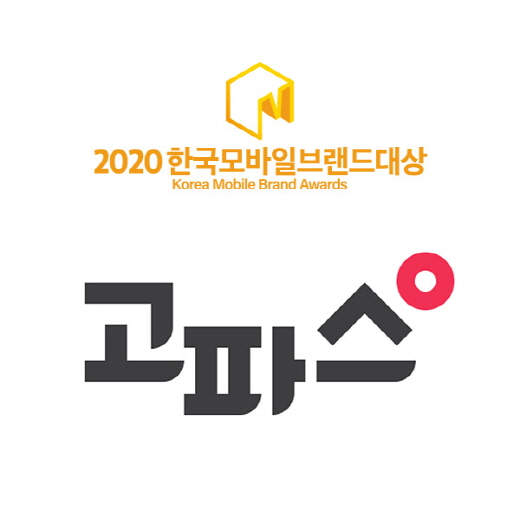Diagram showing research results. Provided by Korea University
By Kim Minji (minji1008@korea.ac.kr)
Korea University’s (KU) department of Chemistry, College of Science’s Professor Kwang-seop Jeong and his research team developed ‘low toxic quantum dots’ that illuminate in the extended SWIR region. The results were published in a renowned international scientific journal ‘Nano Letters’.
The discontinuance of quantum dot’s energy level can be adjusted to show a high level of color purity, and thus has been used for certain industries including displays and solar cells. Previously reported quantum dots in the infrared region, however, were mainly mercury or lead chalcogen, which made them highly toxic and unable to be utilized for various purposes. The solution to this issue, as explained by Professor Jeong: “Silver telluride dots, are low-toxic substances that can replace the mercury and lead chalcogen quantum dots. They, have shown the possibility that they can be used in infrared sensors, bioimaging and optoelectronic devices in the future.”
The research team also reported converting an infrared light source into an electric current using an infrared sensor device. Quantum dots with absorption and light emission in the visible ray region haven’t been studied until the rise of demand for substances sensitive to the infrared.
출처 : 고려대학교 고파스 2024-04-24 20:44:02:
import_export
|
고대뉴스 N 따끈따끈한 학내 소식을 전합니다. |
새로고침 | 로그인 |

|
익명 일반 | 등록일 : 2021-10-15 21:19:42 | 글번호 : 12012 | 0 680명이 읽었어요 모바일화면 URL 복사 |
|
[NEWS] Research Results regarding Quantum Dots Published Internationally
|
|
|
|
|
| 새로고침 | 목록보기 |





| 댓글을 작성하실 수 없습니다. (권한이 없는 회원레벨) |
| 목록보기 |
 |
캠퍼스프렌즈 | 대표 : 박종찬 서울 성북구 안암로83 5F 사업자 등록번호 : 391-01-00107 통신판매업신고 : 2019-서울성북-1598 |
02-925-1905 e-mail : kopapa@koreapas.com 고파스 소개 | 이용약관 | 개인정보취급방침 | 이용문의 | FAQ |




